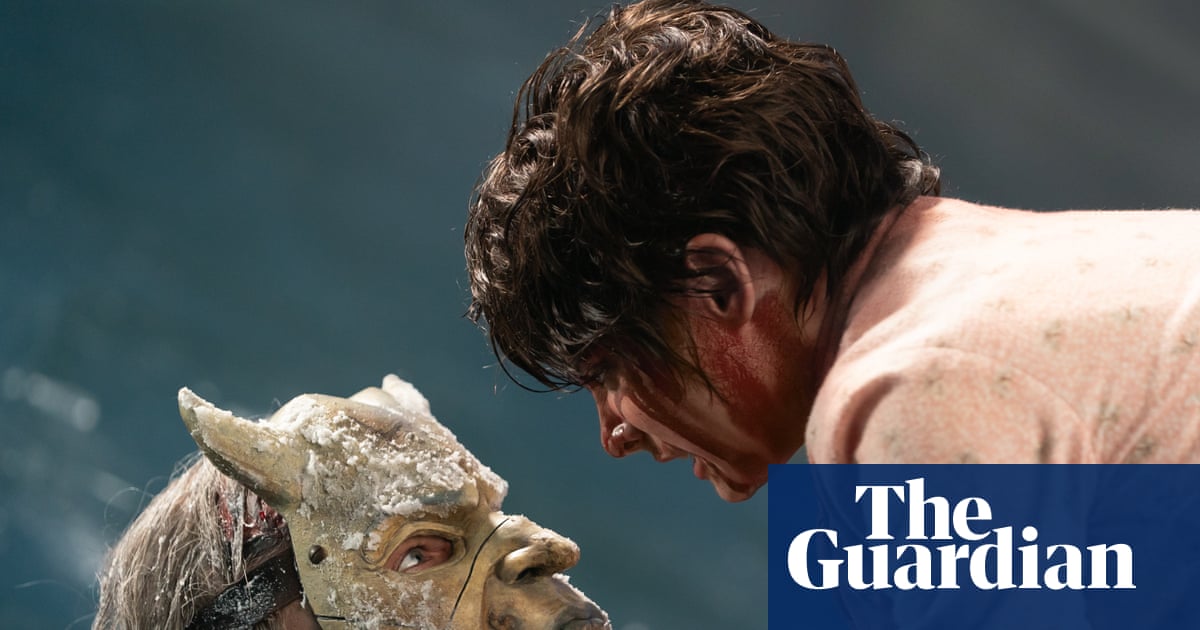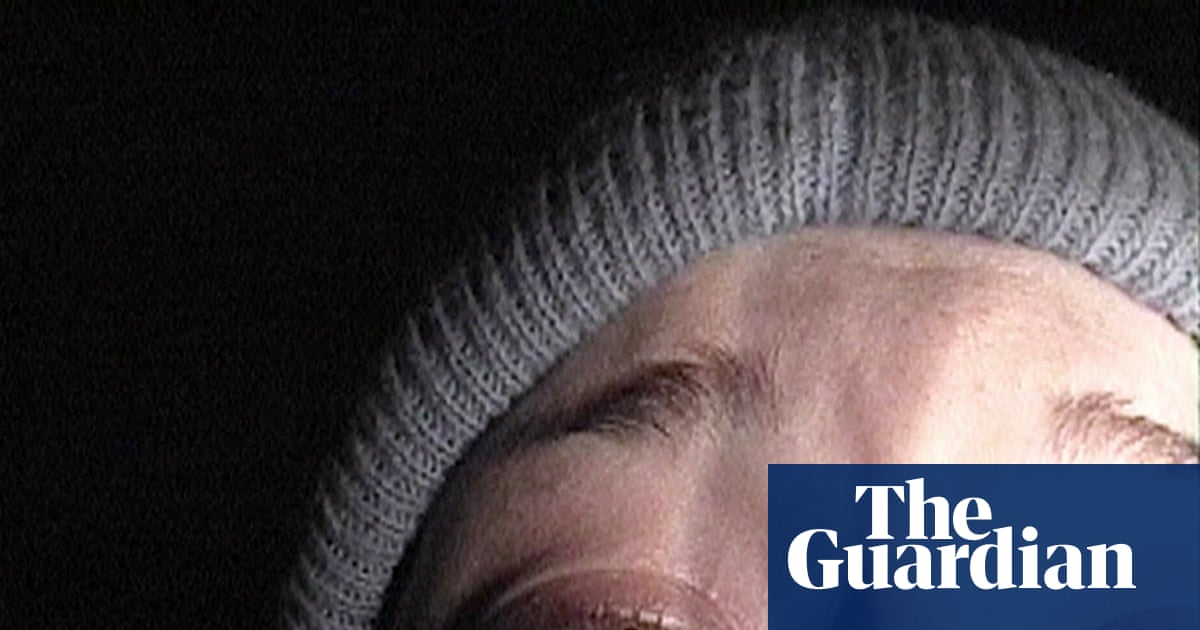Margaret Atwood didn’t want to write a literary memoir. She worried it would be boring – “I wrote a book, I wrote a second book, I wrote another book …” Alcoholic excess, debauched parties and sexual transgressions would have perked things up, but she hasn’t lived that way.
In the end what she has written is less a memoir than an autobiography, not a slice of life but the whole works, 85 years. Where most such backward looks are cosily triumphalist or anxiously self-justifying, hers is sharp, funny and engaging, a book you can warm to even if you’re not fully au fait (and few people are) with her astonishing output, which in the “also by” contents list here fills two pages.
She was lucky in her parents, a foresting entomologist father, Carl, and tomboyish mother, Margaret, both from Nova Scotia. Carl’s work on insects meant that the family spent half the year in the bush, at times without electricity, running water or a telephone. They’d camp in tents or shacks by a lake while Carl cut down trees to build a wooden cabin. Young Margaret – Peggy to everyone – loved the outdoors; she learned to fish, canoe, beachcomb, pick berries, delight in birds, insects, mushrooms and frogs. At summer camp, in her teens, she was known as Peggy Nature.
In the fall they’d move back to Ottawa or Toronto, like country mice transformed into city mice – they were good at being both. At six she wrote her first pieces, short poems under the heading “Rhyming Cats”. School went smoothly till she reached the fourth grade, and experienced “the unpredictable, oblique, underhanded, and Byzantine nature of the power politics practised by nine- and ten-year-old girls”. She was bullied, humiliated and scapegoated. After a year she broke the spell (an “Alice in Wonderland moment” of defying her tormentors) but the experience taught her a valuable lesson and found its way into her novel Cat’s Eye.
At the co-ed high school she’d opted for (“a school full of girls and nothing but girls was my idea of the Ninth Circle of Hell”), she soon graduated to the “brain class”. A small, “flat-chested weirdo”, with horn-rimmed glasses, a snaggle tooth, frizzy hair, astigmatism and anaemia, she put her energies into sewing and fancy dress. She also made her first television appearance, showing off her pet praying mantis Lenore. By 14 she was dating: older, artsy boyfriends “somehow just appeared, like mushrooms after rain”. Poetry pursued her, too: her adolescent efforts were “heavily sensational, sometimes macabre”. According to her school yearbook, “Peggy’s not-so-secret ambition is to write THE Canadian novel”. But her first publications were poems that appeared under the name ME Atwood, “so I wouldn’t be tagged as a girl”. Here was a new writerly self, no longer the “sprightly daylight” Peggy, but someone more shadowy, the baleful ME.
From university in Toronto, with its star academics Marshall McLuhan and Northrop Frye, she moved on to Harvard, a tweedily unglamorous scholarship girl. There she researched the Salem witch trials, which along with the patriarchal norms of Harvard graduate school fed into The Handmaid’s Tale many years later. Atwood makes connections between her life and work throughout the book, though not so crudely as the man at an event who told her: “The Handmaid’s Tale is autobiography.” It’s to her reflections on that novel that many readers will turn first. She wasn’t an active feminist in her 20s, when the idea that “domestic tasks might be shared equally” hadn’t arrived. But the oppression of women increasingly troubled her. And by the time the TV version was made, in the era of Trumpism, it was more salient than ever.
Her breakthrough came much earlier, in her early 30s. She had made a promising start, winning the Governor General’s award (Canada’s biggest prize), publishing two novels, and making her mark in the UK and US. Then she offered to help out the small publishing house she was attached to, Anansi, with a book that would define and celebrate literary writing in her home country. Written in four months, Survival: A Thematic Guide to Canadian Literature sold 100,000 copies and kept Anansi solvent for years. The success prompted jealousy and malice. “One of these days that smart mouth of yours is going to get you into trouble,” her father had warned, and it did. She was attacked as a man-killer – acid-tongued, frightening, no longer a nice 1950s girl but a terrifying maenad, a belle dame sans merci.

The novels came regularly thereafter but “Canadians are prone to be offended by the success of other Canadians”, she notes, and since an “undiluted celebration of one’s feats is a gross violation of etiquette” she doesn’t overdo the self-praise. Tributes are paid to the many who helped her (friends, editors, agents, film producers, writers), not all of them familiar names. And she’s happy to share a wackier side – her faith in horoscopes, palm-reading and exorcists. She loves to knit, make pies, decorate cakes, weed the garden: homespun Peggy (“what I don’t know about toilet‑cleaning isn’t worth knowing”) lives alongside the dystopian novelist. There’s the drawing she does too, samples of which enliven the pages. It’s not all about writing.
At a party in 1969 she met Graeme Gibson, novelist, trickster, spendthrift, high-energy oddball. He was wearing blue denims, she a “white crocheted lace mini dress with wooden buttons down” (Atwood is scrupulous in recording her changing outfits and hairstyles), and at first she had no awareness of his “non-platonic interest” in her. There were complications: she’d married an American poet, less from love than to spare him being drafted to Vietnam, and Graeme had a child by a woman with whom he had an open marriage, Shirley. A cautious courtship followed; Graeme wooed Peggy with yearning letters. If she’d not met him she’d still have been a great novelist, he said, but she’d have had a lot less fun.
Shirley did her best to stop the fun, and Atwood is acerbic about her enslavement of Graeme as someone to do the household duties while Shirley went on dates and badmouthed Peggy as a homewrecker. Along with the odd enemy hack, interviewer or “accuser”, Shirley is one of the few people who come out badly here. But Atwood dilutes her venom through jokey exchanges with an Inner Advice Columnist who tells her to calm down and wise up. There’s a lot of proverbial wisdom in the book, “life lessons” as she calls them. And she did have a life with Graeme for half a century: they had a daughter, campaigned, farmed, gardened, camped, canoed, birdwatched and travelled the world.
His decline, dementia and death bring a sombre tone to the book’s last pages. Ever the workaholic Ms Fixit, Atwood keeps going rather than miss out on the publicity whirl for The Testaments (her sequel to The Handmaid’s Tale): “Ask yourself, Dear Reader: The busy schedule or the empty chair? I chose the busy schedule. The empty chair would be there when I got home.” She has a pacemaker these days and eventually her body “will decide to go off on an adventure of its own”. But for now mind and body are still together and so, in friendly opposition, are the many selves she unveils here in a “blizzard” of memories and photos: nerdy brainiac, waifish poet, Medusa-eyed feminist, uncanny prophet and one of the great novelists of our time.

 8 hours ago
7
8 hours ago
7

















































